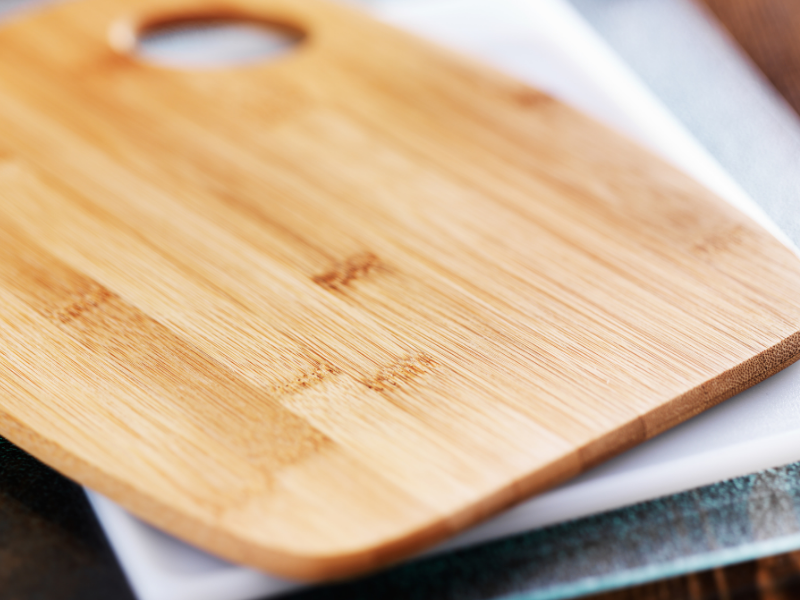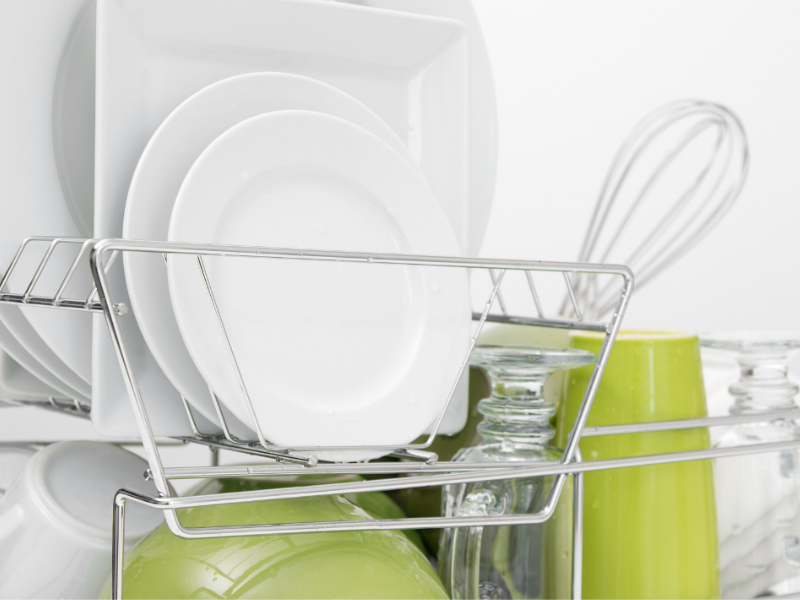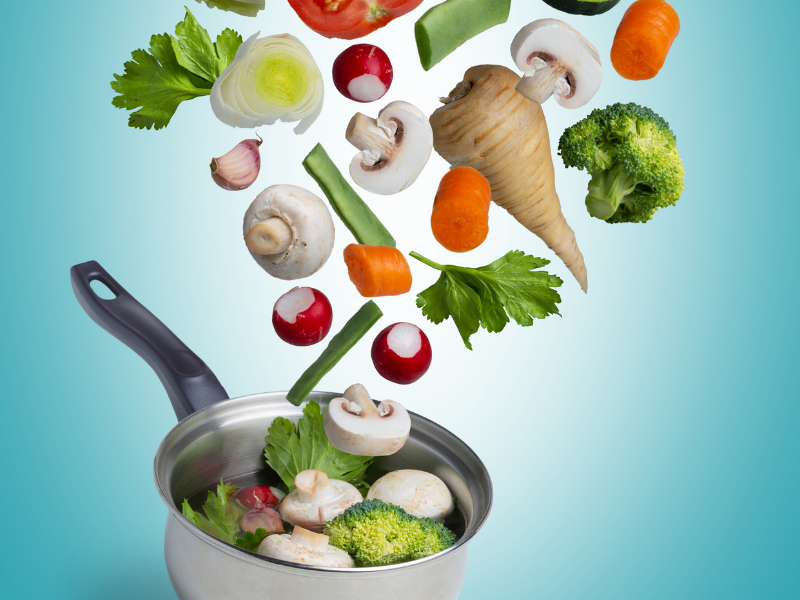Cutting boards may not be the first thing you considered acquiring for your first kitchen, but they are a pretty important kitchen implement.
In fact, I hope that you’ll find yourself using them almost daily.
You will be more inclined to cook at home and you’ll enjoy it more if you have a selection of good cutting boards. Preparing fruits and vegetables will likely be one of their primary uses, and I want you to include plenty of those in your routine. Good boards that you like to use will increase the likelihood that you’ll prepare fruits and vegetables as part of your meal prep. Additionally, the right cutting boards will help to take care of your knives.
So, let’s talk about your options.
Cutting boards
You have several options. Here are a few of them:
- Glass cutting boards are easier to clean than plastic or wood. However, they cause knives to dull more quickly.
- Bamboo cutting boards are harder than wood and can be a little harder on knife blades. They must be hand washed and regularly oiled.
- Wood cutting boards are best for knives. However, if they are not regularly oiled, they’ll crack and warp and bacteria may grow in the cracks. You’ll want to hand wash them and maintain them carefully. Never soak them in water or put them into a dishwasher.
- Plastic (polyethylene) boards are dishwasher safe. However, after several uses, knives can leave grooves that can hold bacteria. The grooves can be tough to clean. If you find this happening, just replace the board. The risk of food borne illness is not worth the risk.
I suggest keeping a wood cutting board for breads, fruits, and vegetables, and a plastic one for meats. Of course, never use a board that raw meat touched for anything else until you’ve cleaned it. And always clean cutting boards immediately after using them.
To maintain a wood board:
- First, wash your board with hot soapy water. Dry it immediately, and stand it up so that air can circulate around it.
- Second, if food has left odors or stains on the board, wipe it down with white vinegar or sprinkle baking soda (or kosher salt) on the stain and work it in with the surface of a cut lemon or with a wash cloth. Rinse and dry it again.
- Third, when the wood starts to look dry, wipe it down with a small amount of food grade oil (such as mineral oil) on a damp rag. Let it sit for several hours. After several hours, wipe off any excess oil with a clean, dry rag. (Do this about once a month.)
You’ll want a cutting board with a large enough surface area to hold the food as you chop it.
A small board will crowd quickly and increases the likelihood that you’ll cut yourself, as you try to work around the food that keeps getting in your way. If your board is too large, it is difficult to clean and store. Find your happy medium. I store my large wooden cutting board on my counter, leaning against the oven cabinet. My medium ones I store with my cookie sheets. I also have a very small one, about 5″ x 8″. It’s perfect for a single tomato or avocado, so I like to keep it handy, tucked between my large wooden cutting board and the oven cabinet.
The right cutting boards are an investment that will help you feed yourself and your friends well. Therefore, they’re worth some special consideration.
For my list of recommendations for your first kitchen, click here.
Next time we’ll talk about knives. If there is anything in your kitchen that you’ll want to get right, and maybe splurge on a little, it’s your knife. We’ll talk about why in the next post.



